KEYNOTE SPEAKERS AT ICCCC 2024
1. Prof. Barnabas BEDE, Department Chair, Mathematics, DigiPen Institute of Technology, Redmond, Washington, USA, bbede@digipen.edu;
2. Prof. Alfred BRUCKSTEIN, Ollendorff Chair in Science, Technion, IIT, Haifa, Israel, freddy@cs.technion.ac.il
Tržaška cesta 25, Si-1000 Ljubljana, Slovenia, E-mail: vitomir.struc@fe.uni-lj.si
INVITED SPEAKERS AT ICCCC 2024
1. Prof. Răzvan ANDONIE, Central Washington University, 400 East University Way, Ellensburg, WA 98926, USA, Phone: (509) 963-1430, FAX: (509) 963-1449, andonie@ cwu.edu
2. Prof. Diana INKPEN, University of Ottawa, School of Electrical Engineering and Computer Science, 800 King Edward, Ottawa, ON, Canada, K1N 6N5, http://www.site.uottawa.ca/~diana, diana.inkpen@uottawa.ca, tel: 613-562-5800 ext. 6711
3. Shmuel (Sam) GOLDENBERG, Research Engineer at Government facility. Electrical Engineering Tel Aviv University, Israel & Investor, Entrepreneur, Inventor, Lecturer, E-mail: samrt1963@gmail.com
Dr. Barnabas BEDE

Barnabas Bede, Department Chair, Mathematics, DigiPen Institute of Technology, Redmond, Washington, USA, bbede@digipen.edu
Dr. Barnabas Bede earned his Ph.D. in Mathematics from Babes-Bolyai University of Cluj-Napoca, Romania. His research interests include Machine Learning, Fuzzy Sets and Fuzzy Logic, and Modeling under Uncertainty.
He is a Professor of Mathematics at DigiPen Institute of Technology in Redmond, WA, USA, and he serves as Department Chair of Mathematics, and Program Director of the Bachelor of Science in Computer Science in Machine Learning. Before that, he held positions at the University of Rio Grande Valley, Texas, the University of Texas at El Paso, the University of Oradea Romania, and Óbuda University in Hungary.
He has published more than 100 research publications, including three research monographs. His work has received more than 6000 citations according to google scholar. Current research interests include Explainable AI, investigating connections between Deep Neural Networks and Fuzzy Systems. He serves as the President of the North American Fuzzy Information Processing Society (NAFIPS) and as conference chair for the upcoming NAFIPS 2024 International Conference on Fuzzy Systems, Soft Computing, and Explainable AI, to be help in South Padre Island, May 27-29, 2024.
Dr. Alfred M. BRUCKSTEIN
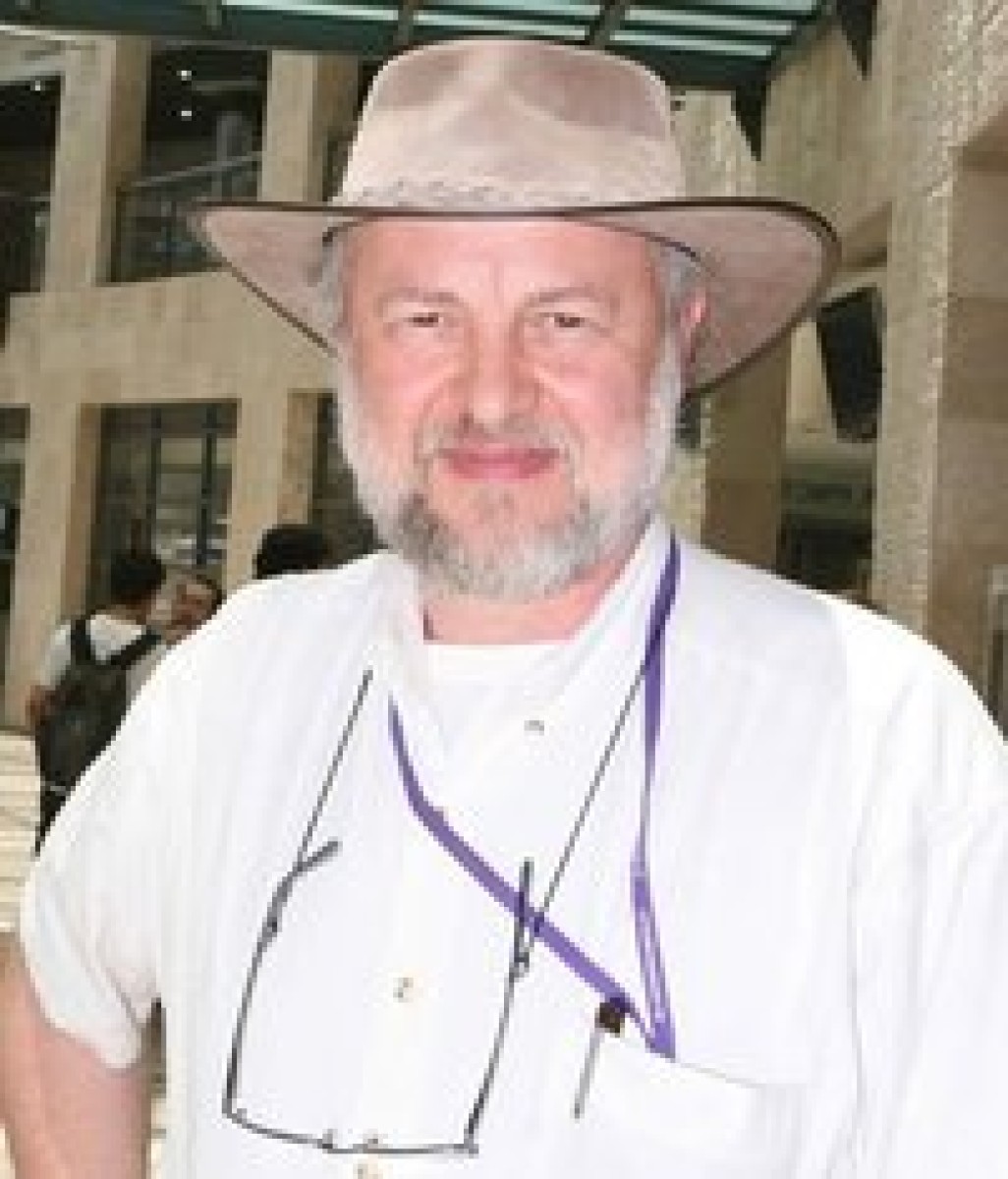
Alfred M. Bruckstein, Ollendorff Chair in Science, Technion, IIT, Haifa, Israel, freddy@cs.technion.ac.il
Alfred M. Bruckstein holds the Ollendorff Chair in Science at the Technion, IIT, in the Deppartment of Computer Science. A graduate of the Technion, with a BSc and an MSc in EE, he earned a PhD at Stanford University, in the EE Department, in 1984. Since then he is on faculty at the Technion, with long-term visiting professorship positions at Bell Laboratories at Murray Hill, NJ, USA (from 1987 to 2000), and at Nanayang Technological University, in Singapore (from 2009-present). His shorter visiting positions include Tsing-Hua University in Beijing, China (2002-2003), and visiting positions at Universite d'Evry, Paris France, at CEREMADE, University Dauphine, Paris, france, and Karlsruhe University in Germany. At the Technion, Professor Bruckstein served as the elected Dean of the Graduate School, from 2002 to 2005, and as the Head of the Technion Excellence Program for Undergraduates, from 2006 to 2012. He is a member of the MAA and AMS, and in 2014 he was elected Fellow of SIAM for contributions to Signal Processing, Image Analysis and Ant Robotic.
Dr. Vitomir ŠTRUC
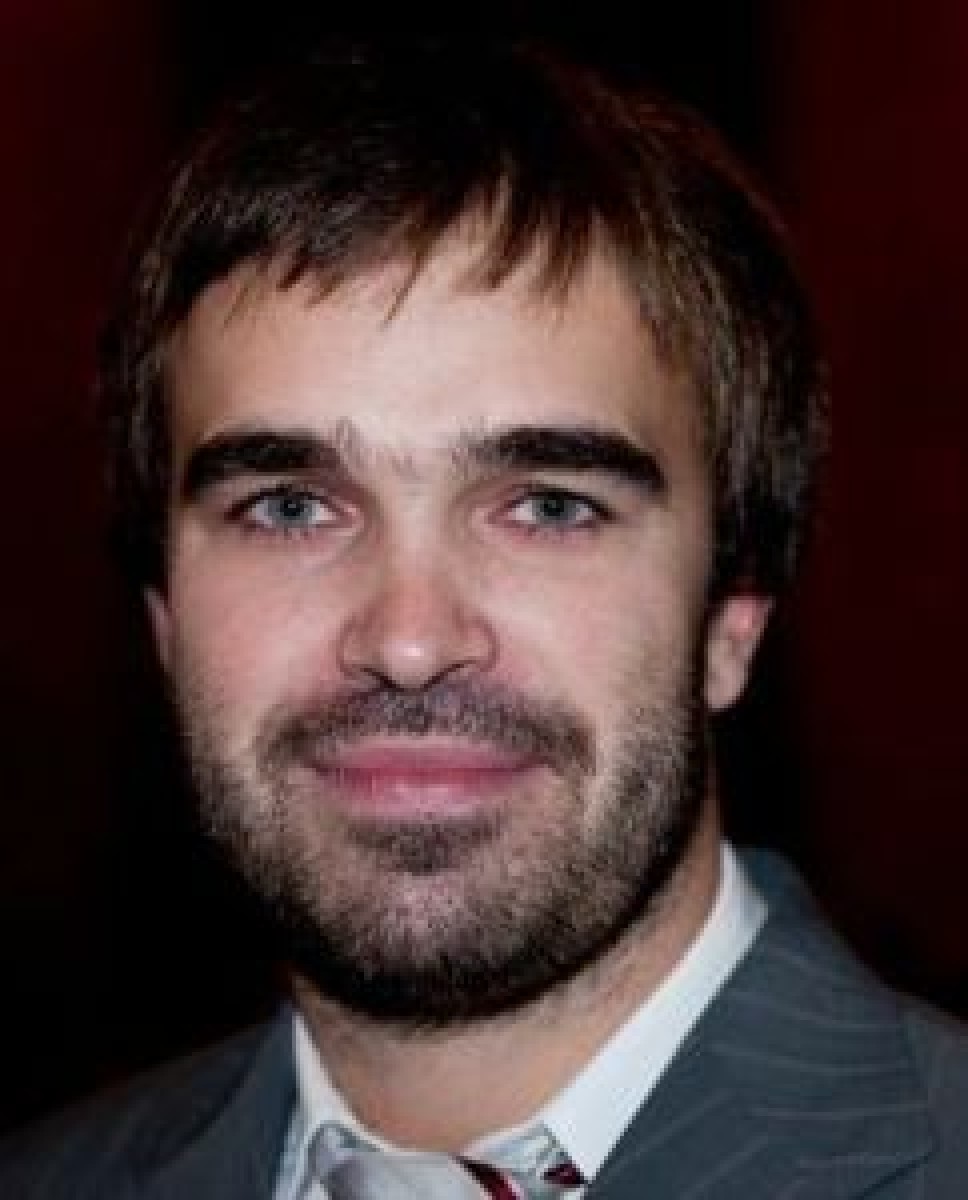
Vitomir Štruc, University of Ljubljana Tržaška cesta 25, Si-1000 Ljubljana, Slovenia, vitomir.struc@fe.uni-lj.si
Vitomir Štruc is a Full Professor at the University of Ljubljana, Slovenia. His research interests include problems related to biometrics, computer vision, image processing, and machine learning. He (co-)authored more than 150 research papers for leading international peer reviewed journals and conferences in these and related areas. Vitomir is a Senior Area Editor for the IEEE Transactions on Information Forensics and Security, a Subject Editor for Elsevier’s Signal Processing and an Associate Editor for Pattern Recognition, and IET Biometrics. He serves regularly on the organizing committees of visible international conferences, including IJCB, FG, WACV and CVPR. He currently acts as a Program Chair for IEEE Face and Gesture 2024, WIFS 2024 and WACV 2025 and a Tutorial Chair for CVPR 2024. Dr. Struc is a Senior member of the IEEE, a member of IAPR, EURASIP, Slovenia’s ambassador for the European Association for Biometrics (EAB) and the former president and current executive committee member of the Slovenian Pattern Recognition Society, the Slovenian member of IAPR. Vitomir is also the current VP Technical Activities for the IEEE Biometrics Council, the secretary of the IAPR Technical Committee on Biometrics (TC4) and a member of the Supervisory Board of the EAB.
Title: Generative models in computer vision for fashion and beauty
Abstract: With the developments in the field of generative modeling and with the appearance of powerful model architectures, such as Generative Adversarial Networks (GAN) and diffusion models, a wide range of new techniques and inventive algorithms has emerged recently to solve diverse computer vision problems, including many problems that are of interest for the fashion and beauty industry. In this talk, I will first provide a short overview of recent advances in generative modeling and describe some of our research efforts that focus explicitly on generative models. Next, I will present examples of our recent work utilizing generative models and talk about: (i) face image editing with our GAN inversion based MaskFaceGAN technique that allows for photo realistic image manipulation and explicitly addresses the problem of attribute entanglement seen with many latent-space based editing solutions, (ii) virtual try-on with our context-driven C-VTON model and GlassesGAN approach, and (ii) text-guided design of clothing in a virtual try-on setting with diffusion models in our DiCTI model. Finally, I will elaborate on some of the existing challenges with generative models and highlight future research directions.
Dr. Razvan ANDONIE
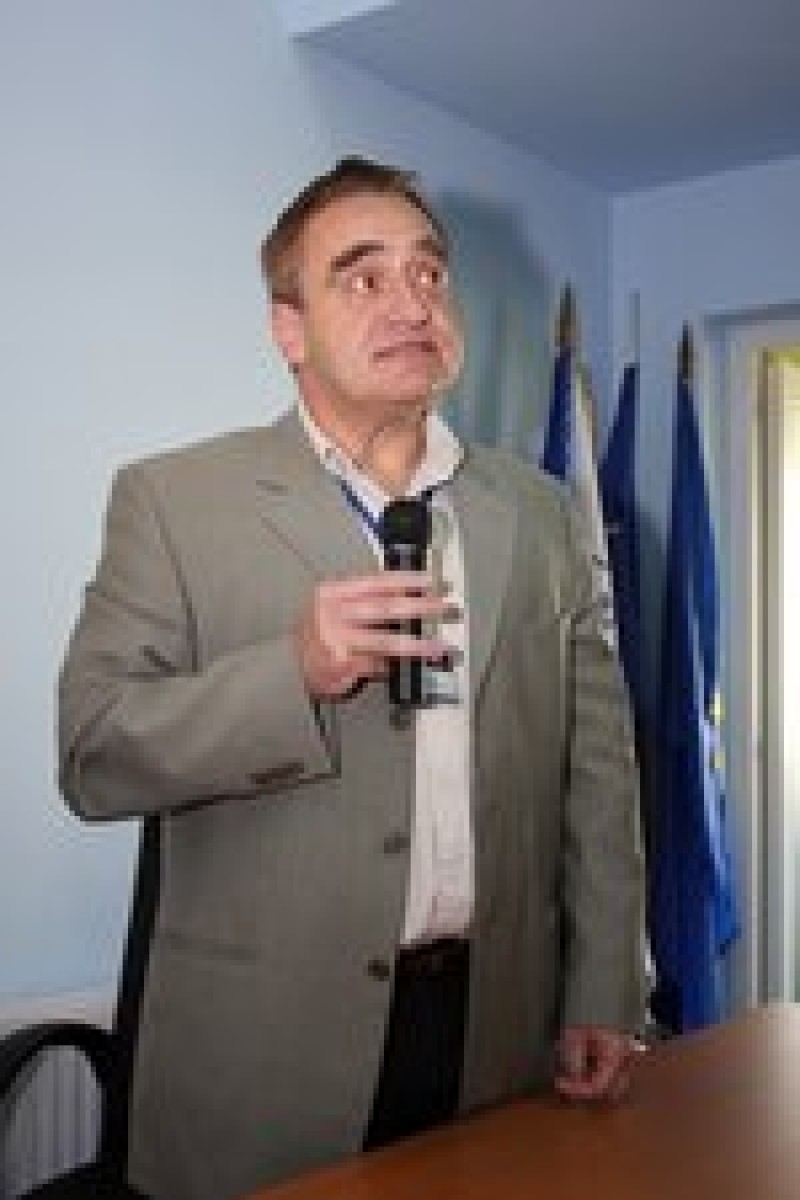
Răzvan Andonie, Central Washington University, 400 East University Way, Ellensburg, WA 98926, USA, Phone: (509) 963-1430, FAX: (509) 963-1449, andonie@ cwu.edu
Razvan ANDONIE received the M.S. degree in mathematics and computer science from University of Cluj-Napoca, Romania, and the Ph.D. degree from University of Bucharest, Romania. His Ph.D. advisor was Solomon Marcus, Fellow of the Romanian Academy. He is currently a Professor of Computer Science at both Central Washington University and Transilvania University of Brasov, Romania. He has published more than 130 research papers and was an invited professor at many universities. His actual research interests are computational intelligence techniques and applications, parallel/distributed computing, machine learning, and big data analytics.
Dr. Diana INKPEN
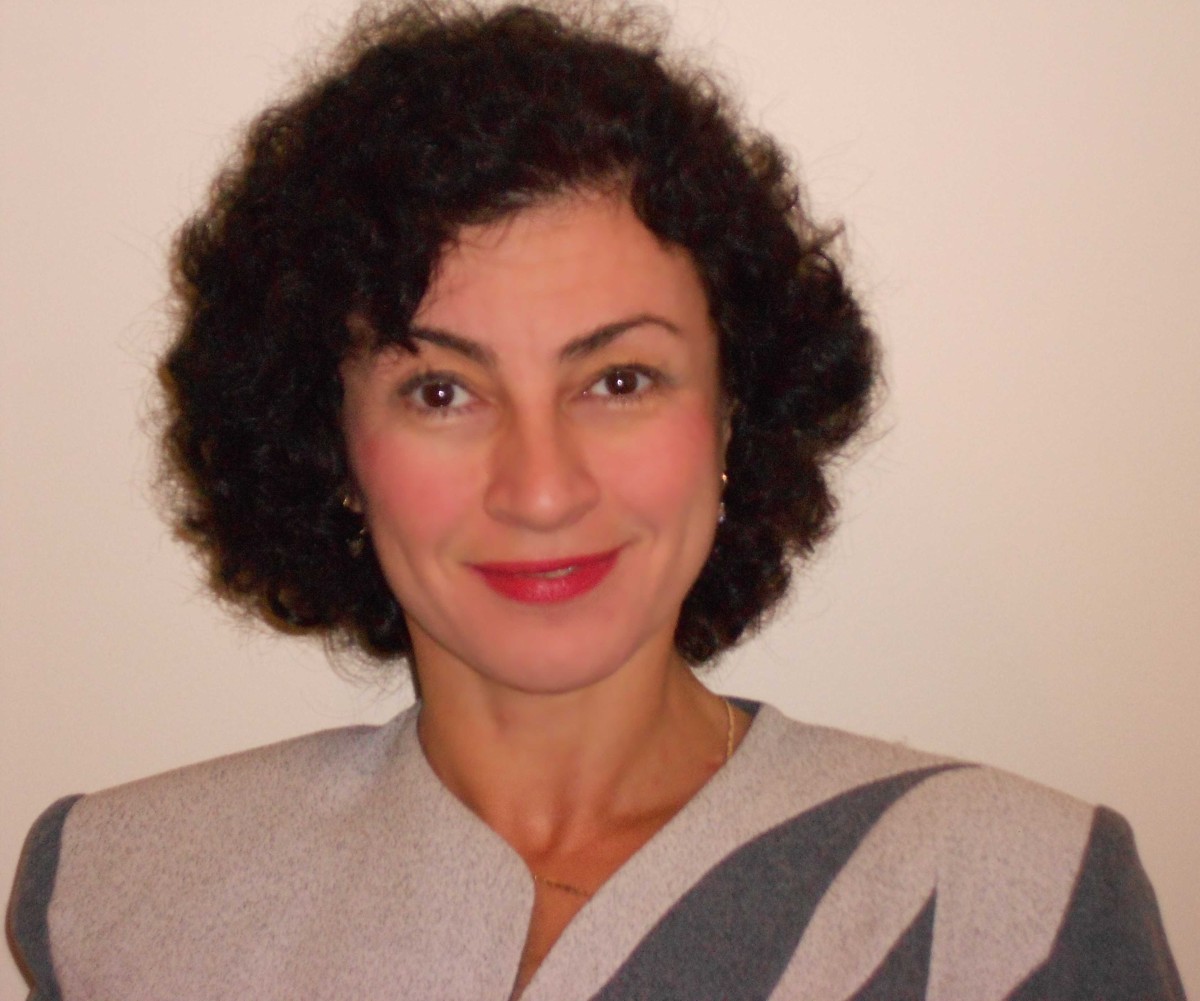
Diana Inkpen, University of Ottawa, School of Electrical Engineering and Computer Science, 800 King Edward, Ottawa, ON, Canada, K1N 6N5, http://www.site.uottawa.ca/~diana, diana.inkpen@uottawa.ca, tel: 613-562-5800 ext. 6711
Diana INKPEN is a Professor at the University of Ottawa, in the School of Electrical Engineering and Computer Science. She obtained her Ph.D. from the University of Toronto, Department of Computer Science. She has a M.Sc. and B.Eng. degree in Computer Science and Engineering from the Technical University of Cluj-Napoca, Romania. Her research is in applications of Natural Language Processing and Text Mining. She organized seven international workshops and she was a program co-chair for the 25th Canadian Conference on Artificial Intelligence (AI 2012, Toronto, ON, May 2012) conference. She is the editor-in-chief of the Computational Intelligence journal and an associate editor for the Natural Language Engineering journal. She was an invited speaker for the Applied Natural Language Processing track at the 29th Florida Artificial Intelligence Research Society Conference (FLAIRS 2016, Key Largo, FL, May 2016), for the 28th Canadian Conference on Artificial Intelligence (AI 2015, Halifax, NS, June 2015), and International Symposium on Information Management and Big Data (SimBig 2015, Cuzco, Peru, September 2015). She published a book on Natural Language Processing for Social Media (Morgan and Claypool Publishers, Synthesis Lectures on Human Language Technologies, the third edition appeared in 2020), 10 book chapters, more than 35 journal articles and more than 120 conference papers. She received many research grants, from which the majority include intensive industrial collaborations.
Title: Explainable Depression Detection Using Large Language Models on Social Media Data
Due to the rapid growth of user interaction on different social media platforms, publicly available social media data has increased substantially. The sheer amount of data and level of personal information being shared on such platforms has made analyzing textual information to predict mental disorders such as depression a reliable preliminary step when it comes to psychometrics.
In this talk, I will describe methods and experiments for detecting signs of depression from social media, at post level, user level, and population level. I will focus on methods for automatically filling the Beck's Depression Inventory (BDI) questionnaire. We experimented with many methods, including prompt-based learning with Large Language Models (LLMs). We propose a system based on LLMs that can generate both predictions (with state-of-the-art performance) and explanations. Our system is explainable on two levels: first, knowing the answers to the BDI questions provides clues about the possible symptoms that could lead to a clinical diagnosis of depression; second, our system can explain the predicted answer for each question.
Dr. Shmuel (Sam) GOLDENBERG
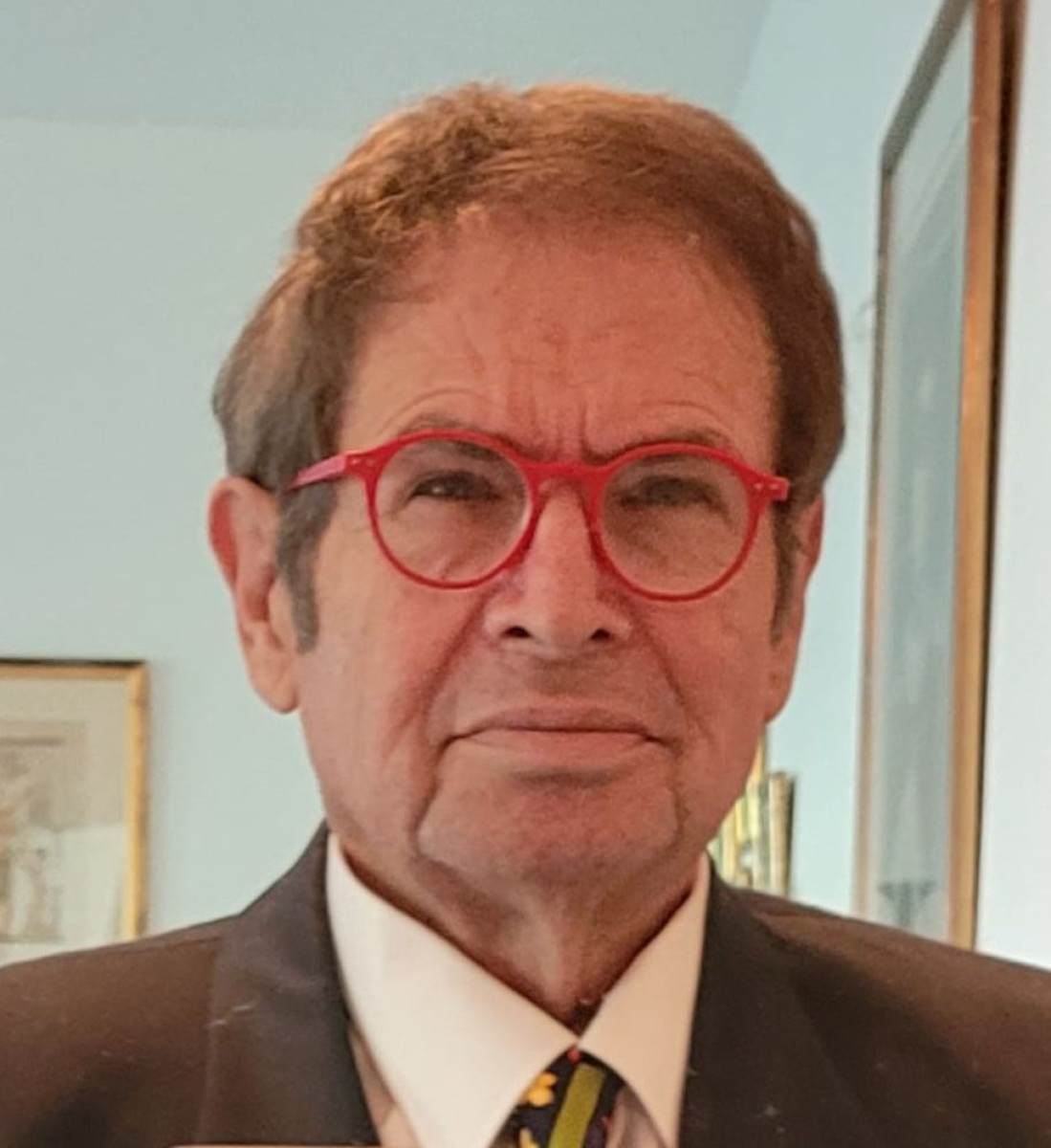
Investor, Entrepreneur, Inventor, Lecturer, samrt1963@gmail.com
•Machine vision, analytics, image processing simulation and modeling;
•Face Recognition, Anti spoofing technologies;
•Flight simulation, nuclear reaction simulation components, Military ELINT, Medical modalities (CT, MRI, PET, neurophysiology imaging;
•Robotics, Instrumentation;
•Printing and pre-press technologies;
•Encoding transcoding implementation in software and hardware;
•Cryptography.
Shmuel Goldenberg, over 45 years of experience, founder of ISITYOU Ltd, C-True, Mobivasc and Alora Networks, former EIR at Concord Ventures, former VP of R&D at Video-Codes USA, Chief Scientist at Ganis systems, a VP Business Development, Corporate, COMVERSE Technologies , VP and General Manager of EMBLAZE Wireless, Manager, Telecom-Real Time Systems Div. FORSOFT Ltd, Technical Director, Tadiran Telecom, V.P. of R&D, World Precision Instruments Inc, Program Manager, Link Simulation Inc, R&D & Project. Manager, Elscint Medical Systems, Div Manager at Elbit ELINT systems, Research Engineer at Government facility. Electrical Engineering Tel Aviv University.
Expert in signal and image processing, machine vision and video analytics with 45+ years experience in military ELINT design, security system, medical imaging modalities (CT,MRI, PET, DR/DF, Nuclear Imaging and medical research instruments in neurophysiology and electrophysiology, robotics, flight simulation modeling, nuclear reactor simulation, PACS system, hires color printing, RF propagation modeling, Software Virtual Instruments design, extensive MAC scientific software implementation experience, interactive VOD system design, Chip design ARM 9 based (mpeg4 encoder/decoder), parallel processing H264 real time transcoding for HD video broadcasting, Electronic Fare Collection (EFC) system design for mass transit using SAM modules and NFC technology, Flight Info Display System (FIDS) design and deployment, mathematic modeling and more.